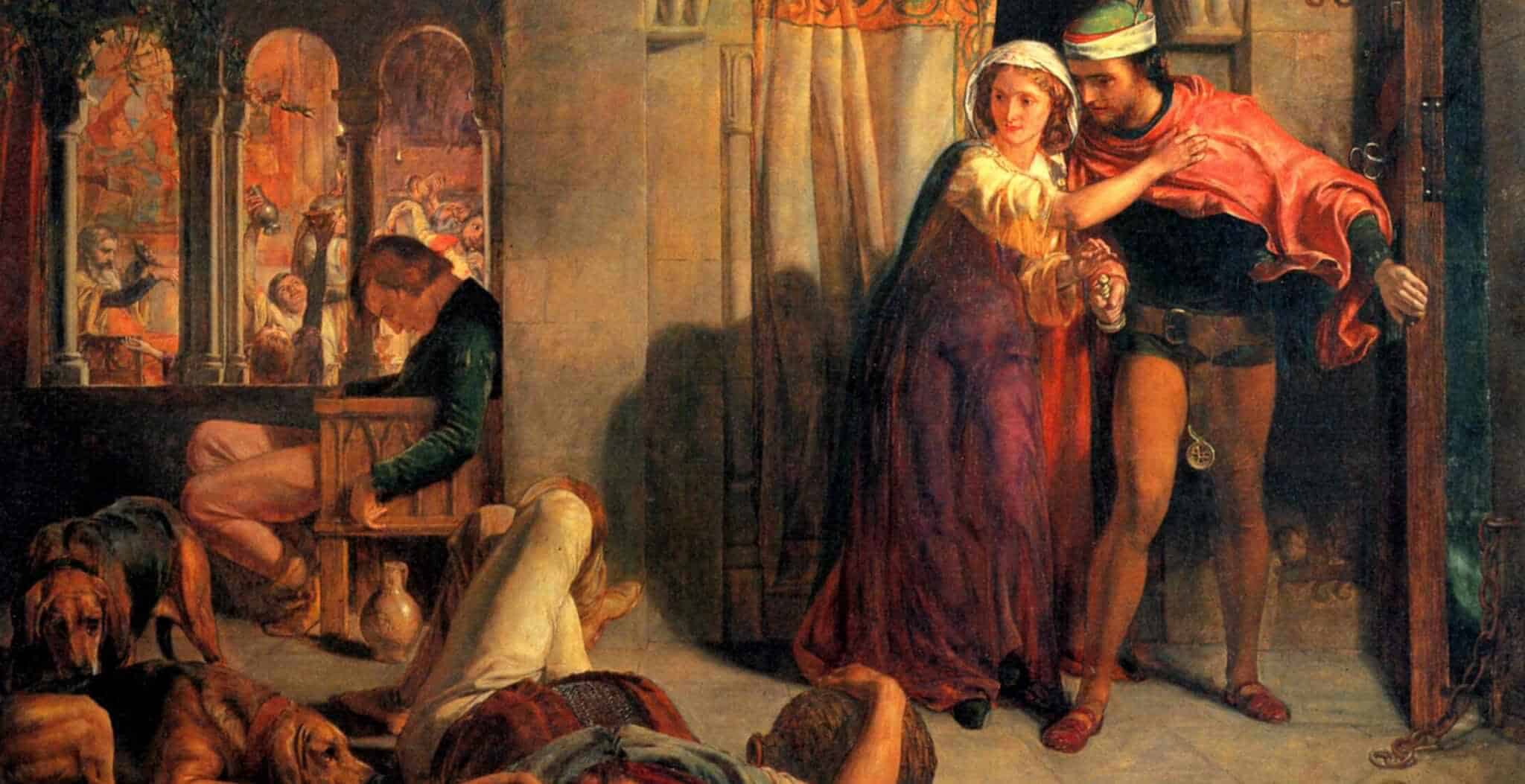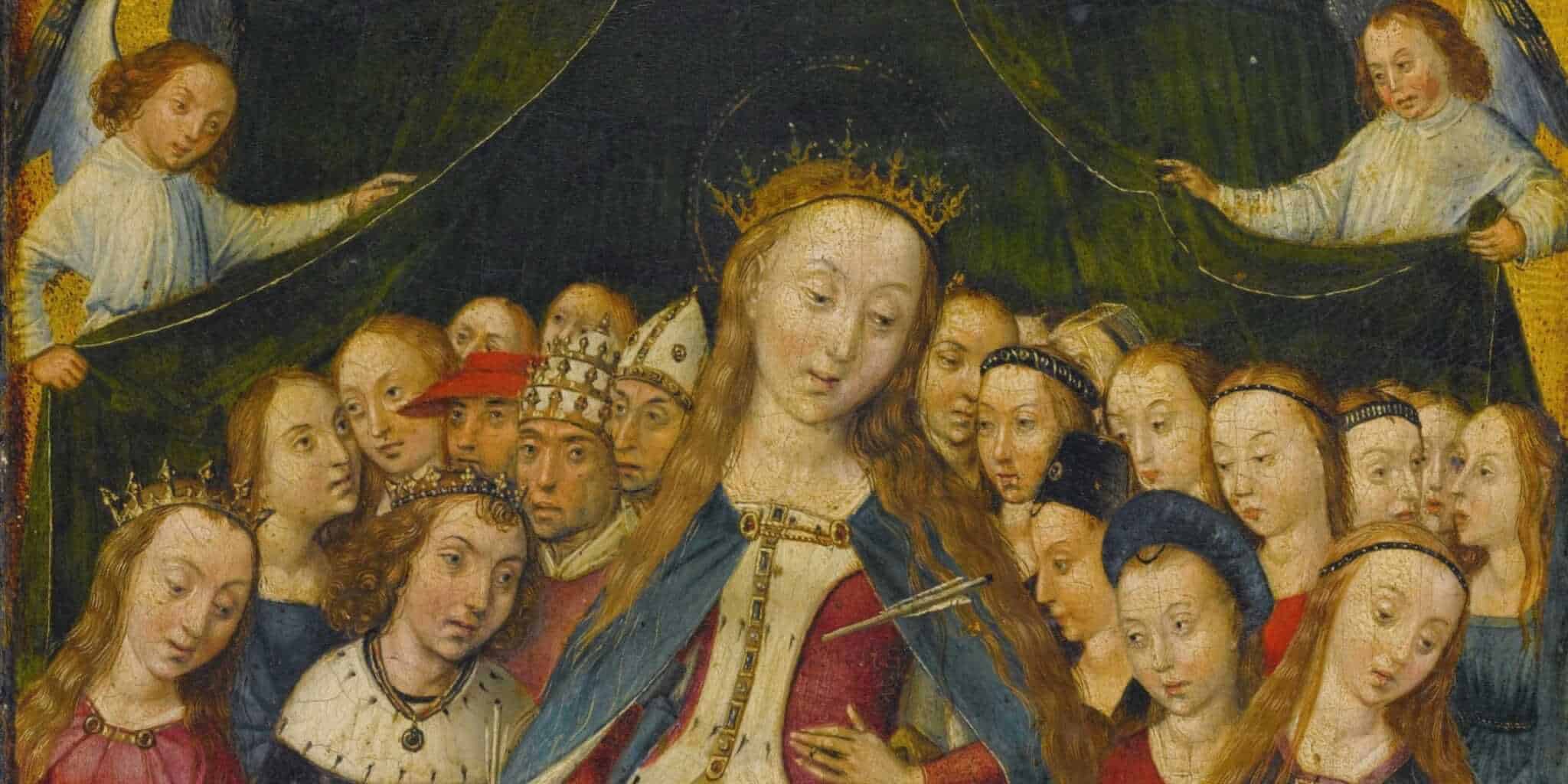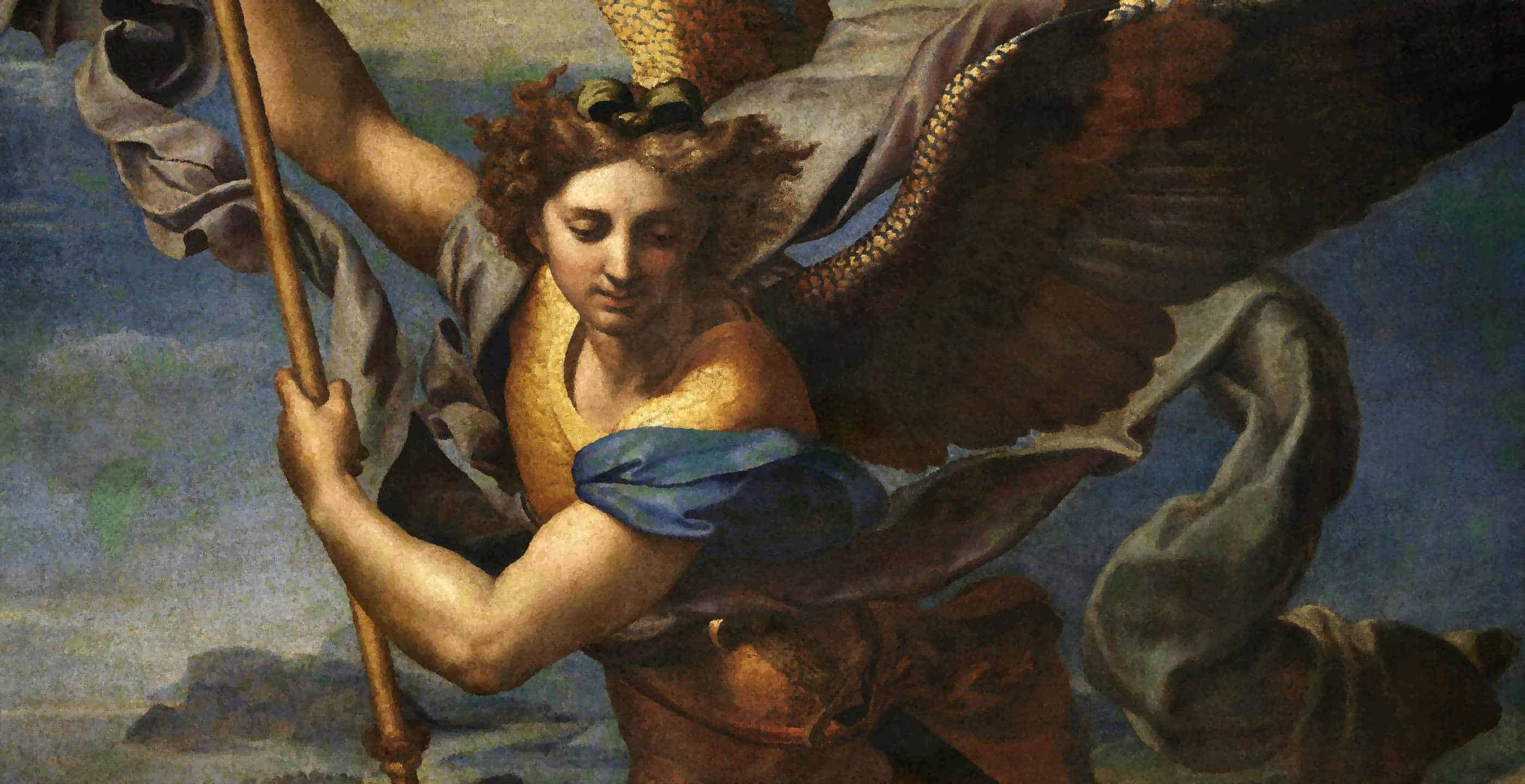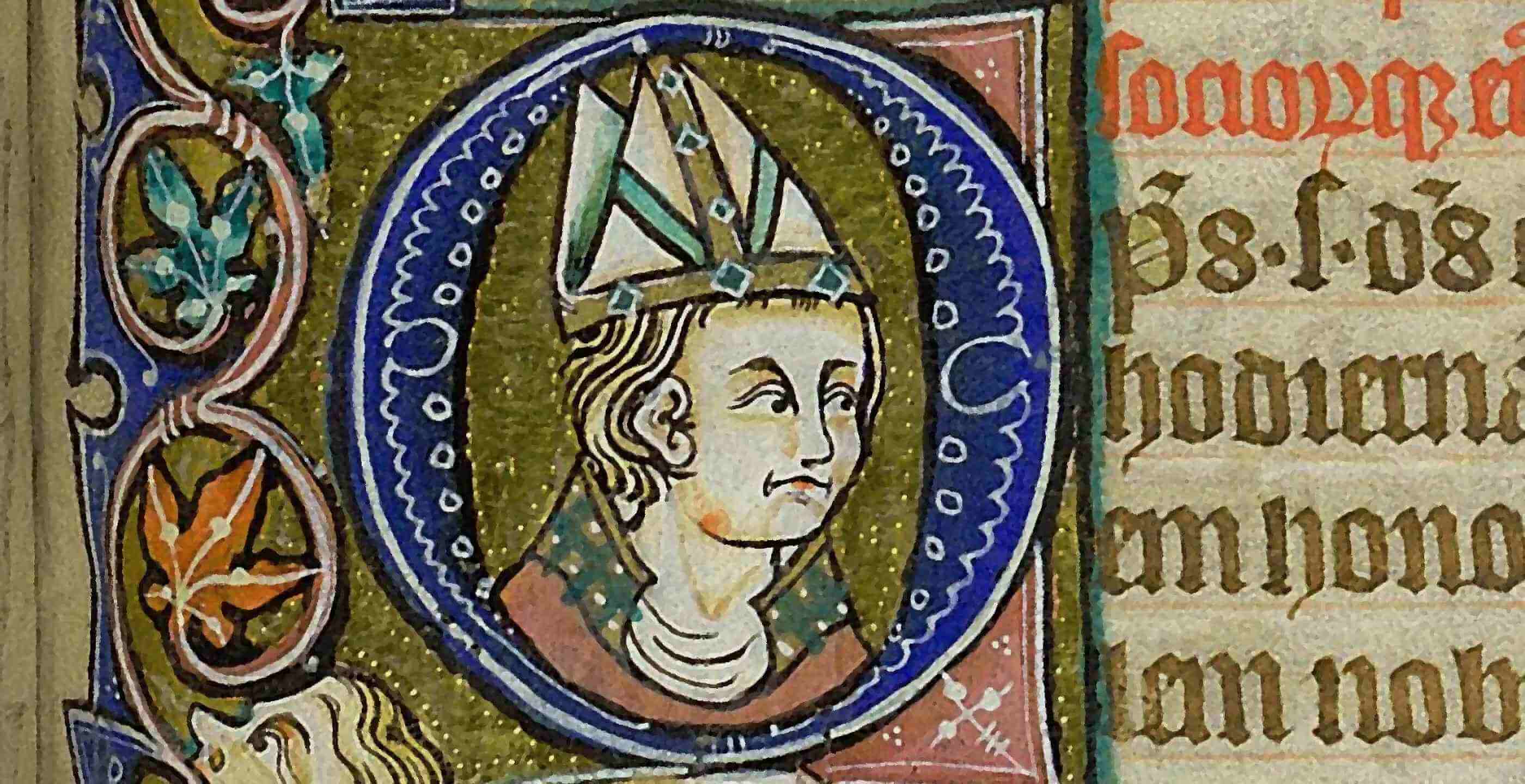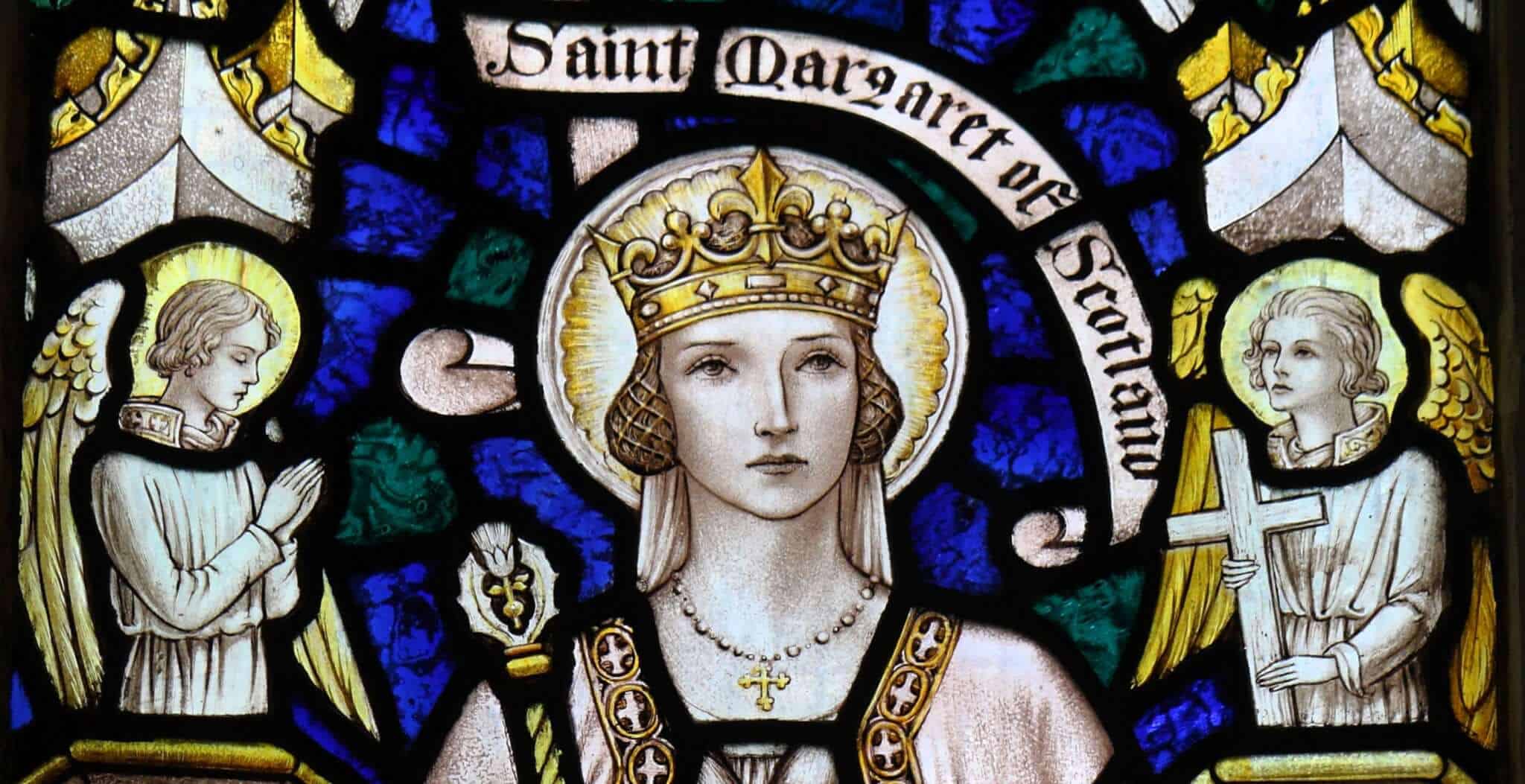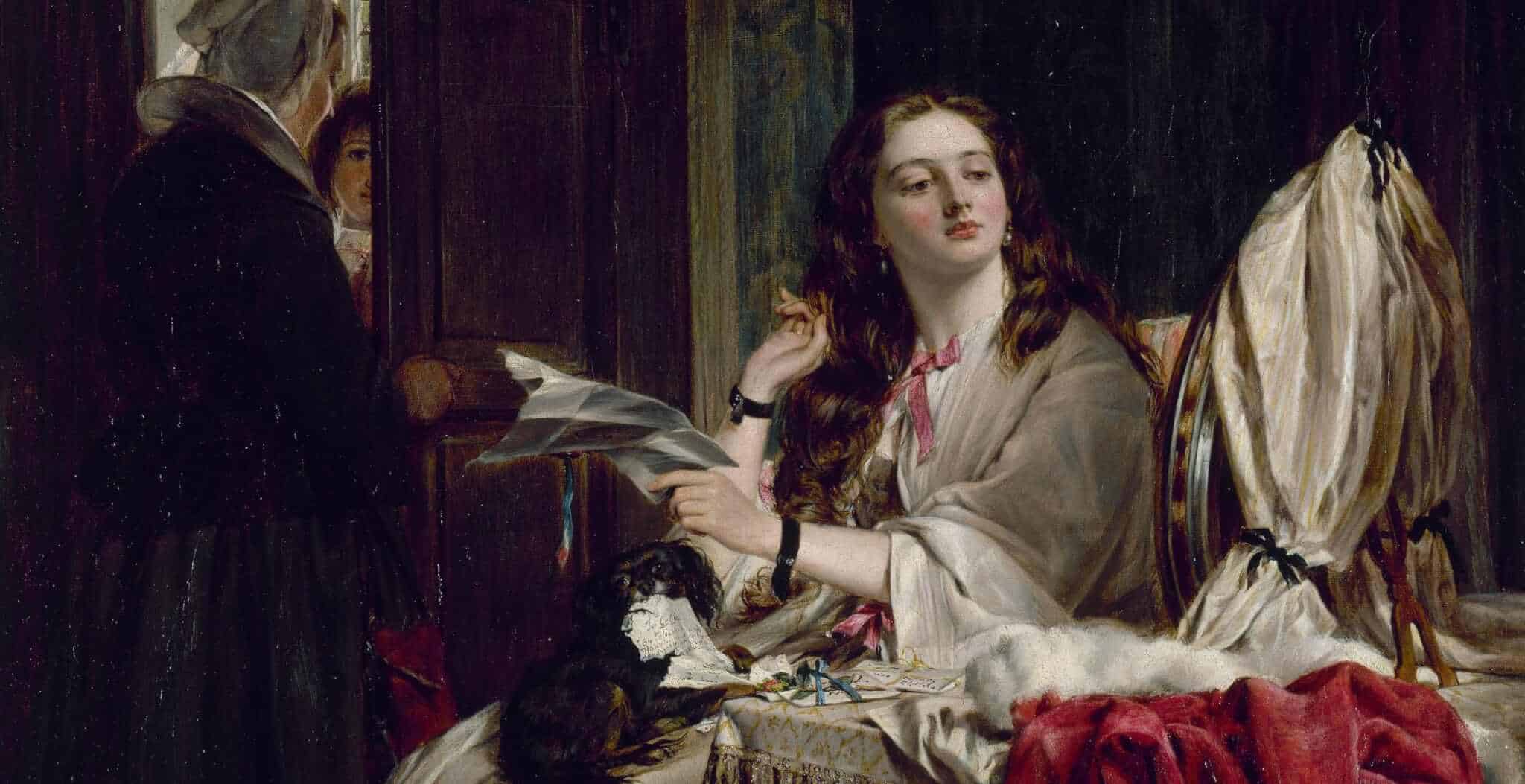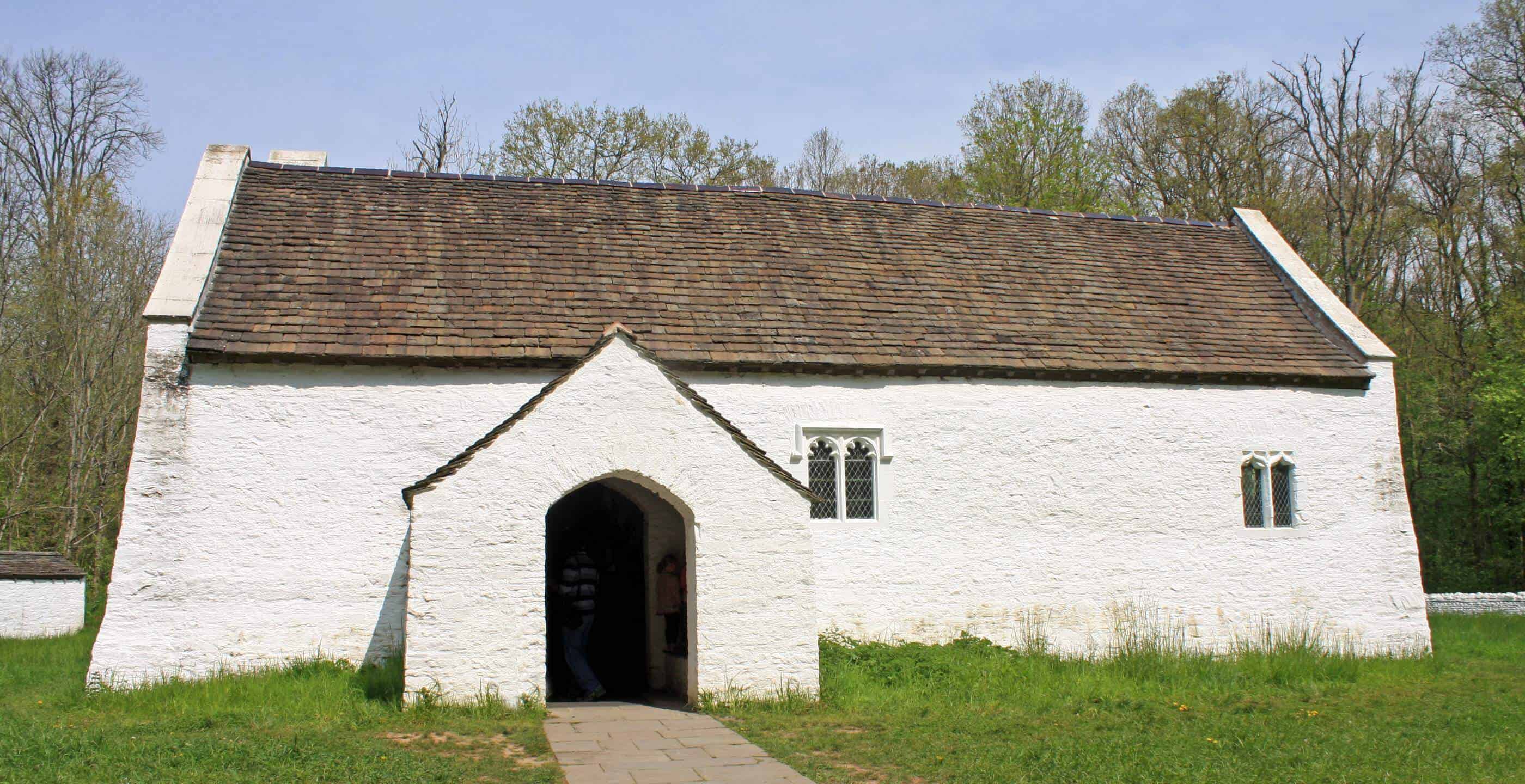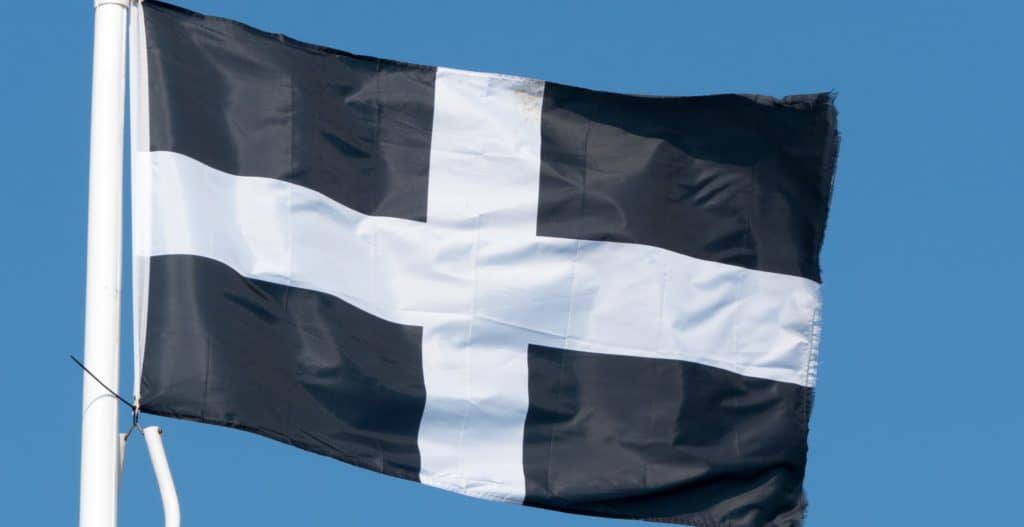Girls, if you wish to dream of your future partner, seek out a recipe for dumb cake and get ready for St Agnes Eve!
January 20th is the Eve of St Agnes, traditionally the night when girls and unmarried women wishing to dream of their future husbands would perform certain rituals before going to bed.
Bizarrely, these rituals included transferring pins one by one from a pincushion to a sleeve whilst reciting the Lord’s Prayer, walking backwards upstairs to bed or fasting all day. Another tradition was to eat a portion of dumb cake (a salty confection prepared with friends in total silence) before retiring to bed, hoping to dream of a future love:
In Scotland, girls would meet in a field of crops at midnight, throw grain on to the soil and pray:
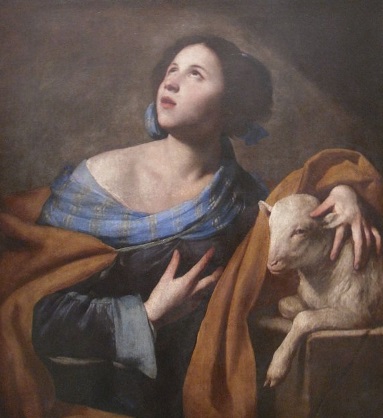
So who was St Agnes? Agnes was a beautiful young Christian girl of good family who lived in Rome in the early 4th century. The son of a Roman prefect wanted to marry her but she refused him, as she had decided to devote herself to religious purity. Angered by her refusal, the snubbed suitor denounced her to the authorities as a Christian. Agnes’ punishment was to be thrown into a public brothel.
She was however spared this terrible ordeal. According to one legend, all the men who attempted to rape her were immediately struck blind or paralyzed. In another, her virginity was preserved by thunder and lightning from Heaven.
Now condemned as a witch and sentenced to be burnt to death, the young martyr was tied to the stake but the wood would not burn; one of the guards then beheaded her with his sword. Agnes was only 12 or 13 years old when she died on 21st January 304.
When her parents visited her tomb eight days later, they were met by a chorus of angels, including Agnes with a white lamb by her side. The lamb, a symbol of purity, is one of the symbols associated with St Agnes.
St Agnes is the patron saint of chastity, girls, engaged couples, rape victims and virgins.
One of Keat’s best-loved poems, published in 1820, is called ‘The Eve of St Agnes’ and tells the story of Madeline and her lover Porphyro. In the poem Keats refers to the tradition of girls hoping to dream of their future lovers on the Eve of St Agnes:
‘[U]pon St Agnes’ Eve, / Young virgins might have visions of delight, / And soft adorings from their loves receive’…
